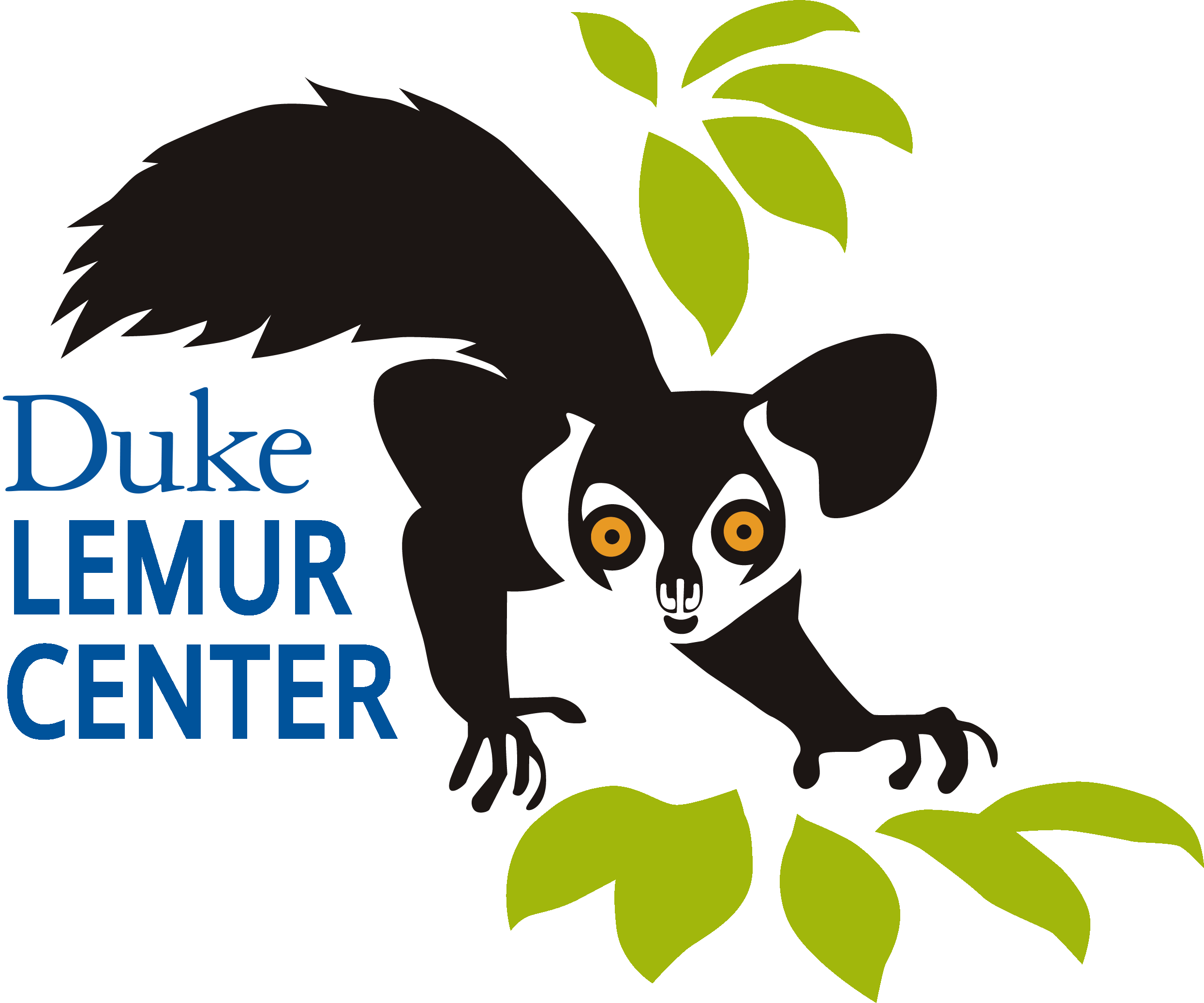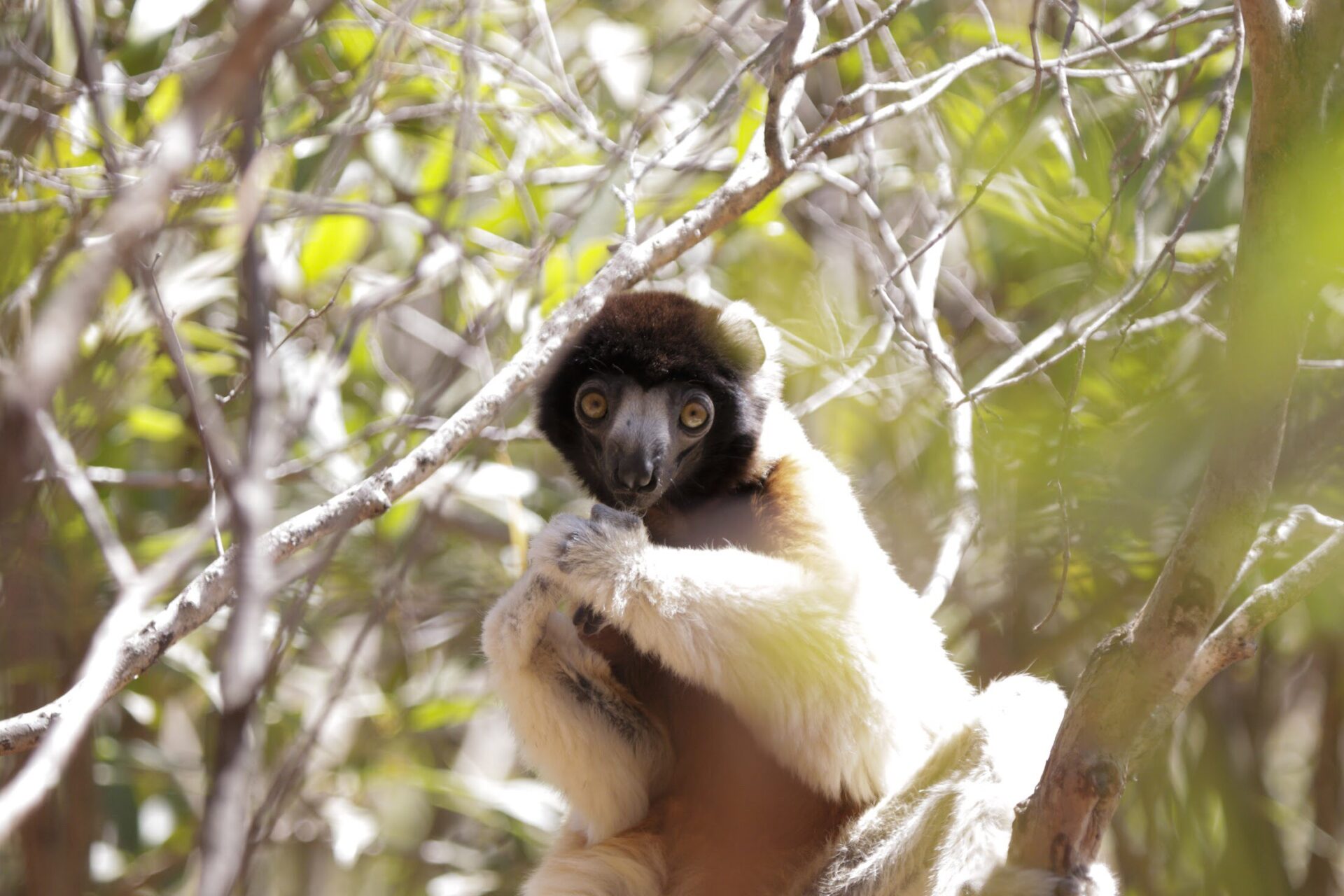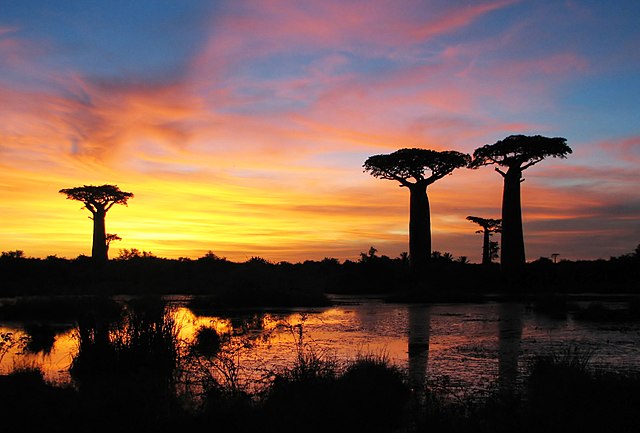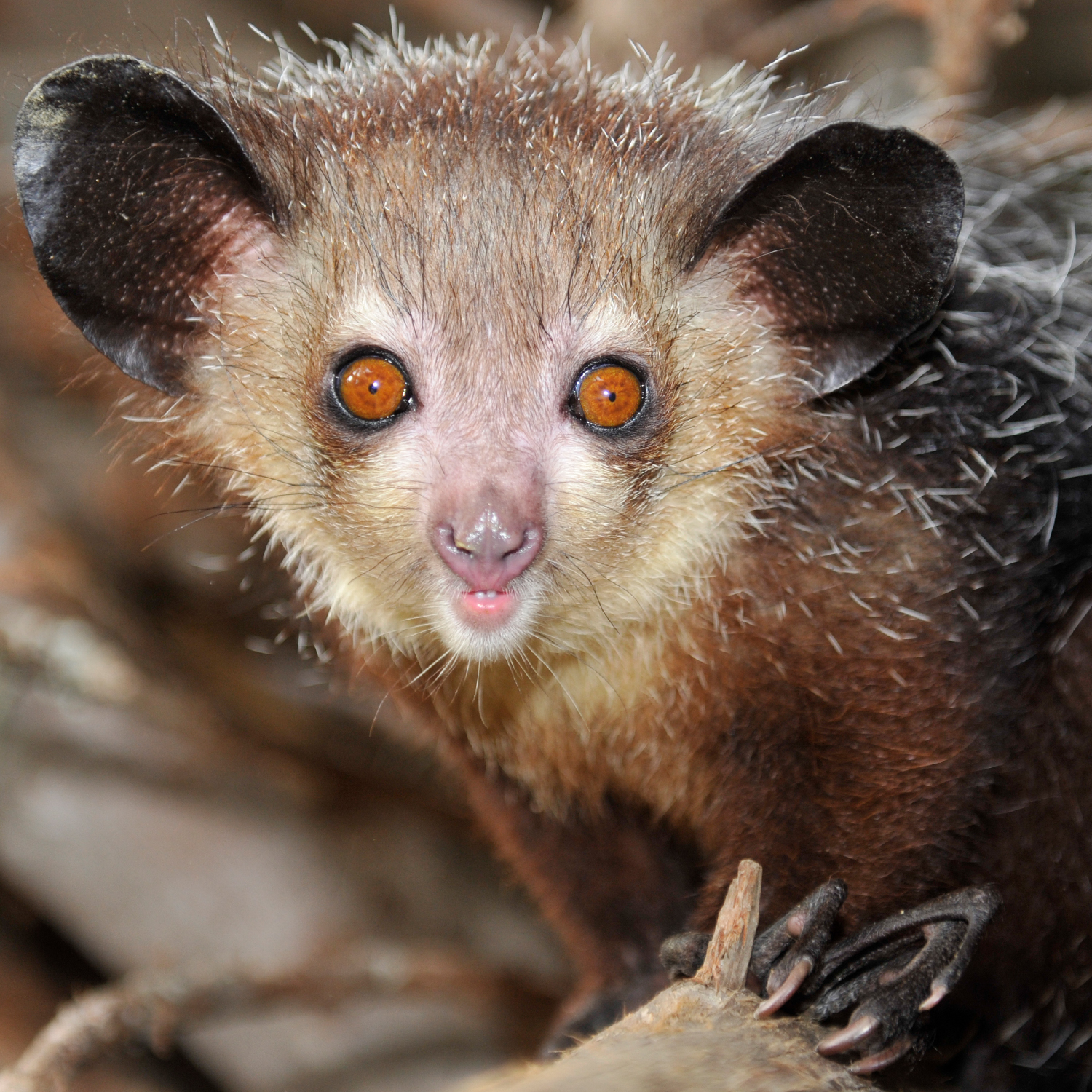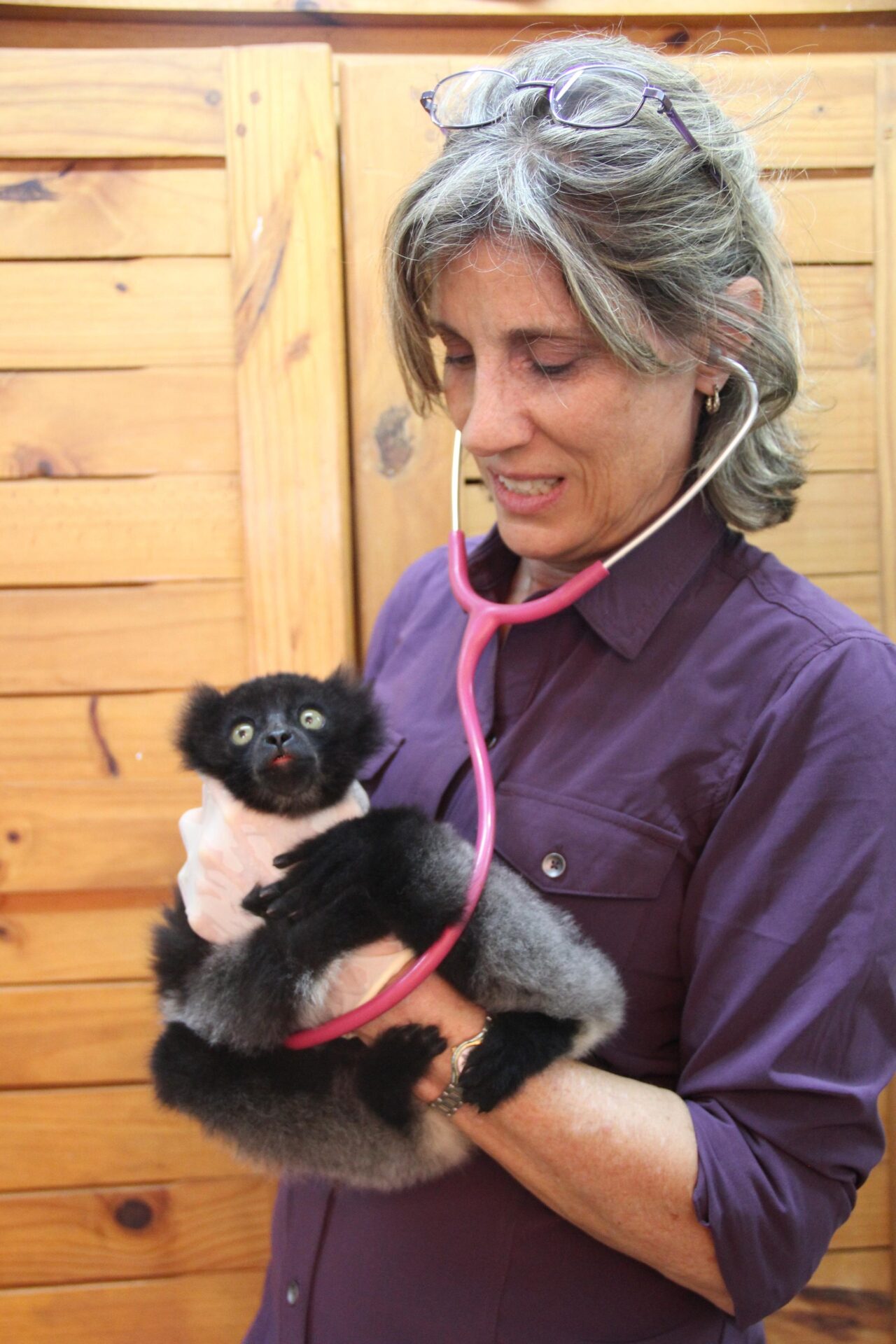Fossil Friday: Elephant Bird
Today is our first Fossil Friday, courtesy of Matt Borths, our new Curator of the DLC’s Division of Fossil Primates! This week we’re featuring… ELEPHANT BIRDS! A new species of elephant bird was announced this week: https://www.livescience.com/63675-worlds-largest-bird-is-vo…. Only a few hundred years ago, Madagascar was home to the largest bird ever known: Vorombe titan! This new genus […]
